How to Best Inspect, Protect, and Dress Wounds in the Emergency Dept.
ACEP Now
NOVEMBER 7, 2024
This is the second visit in two weeks for an elderly gentleman who is concerned about his legs being red and swollen. During the first visit, he was diagnosed with cellulitis and placed on cephalexin. Today, he notes worsening swelling and a blister forming near his left ankle. The pain makes it difficult for him to ambulate unassisted through his home.
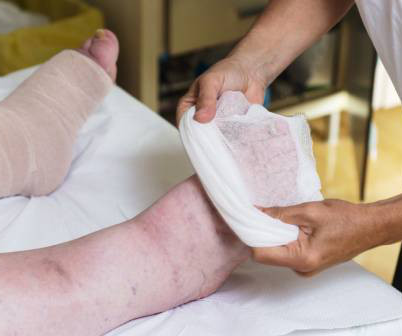
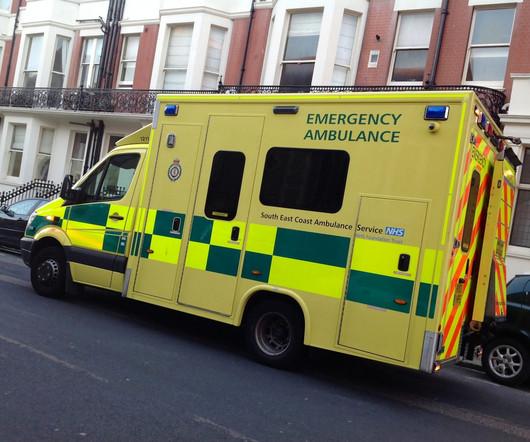



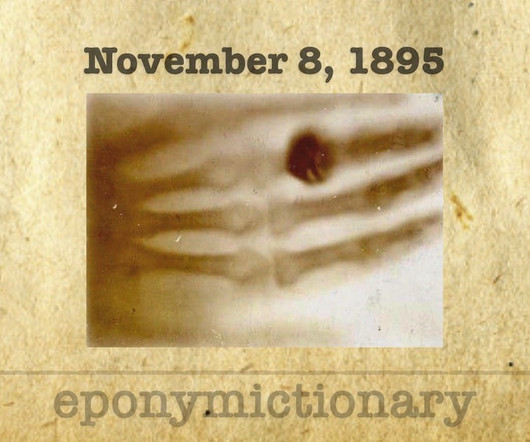
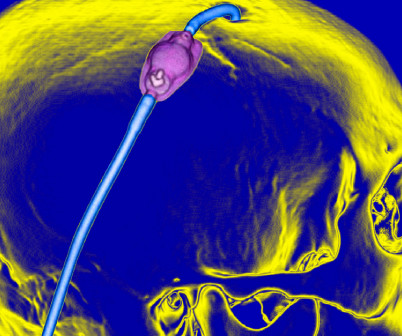
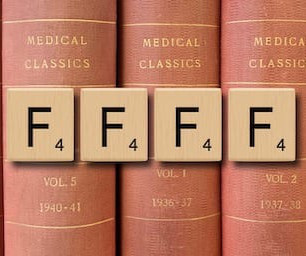



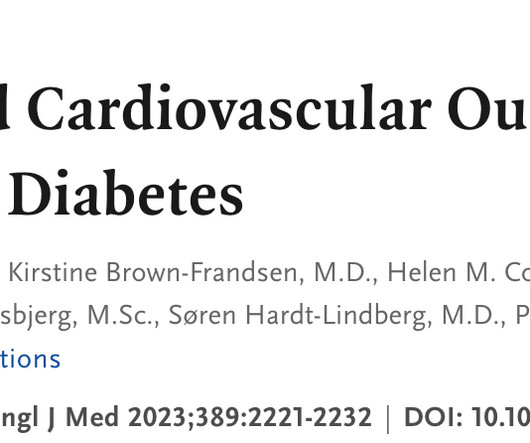


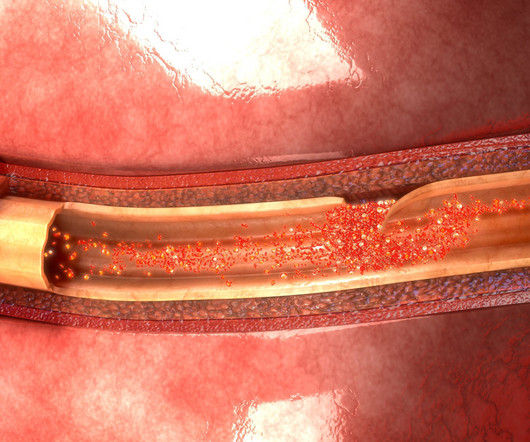






Let's personalize your content